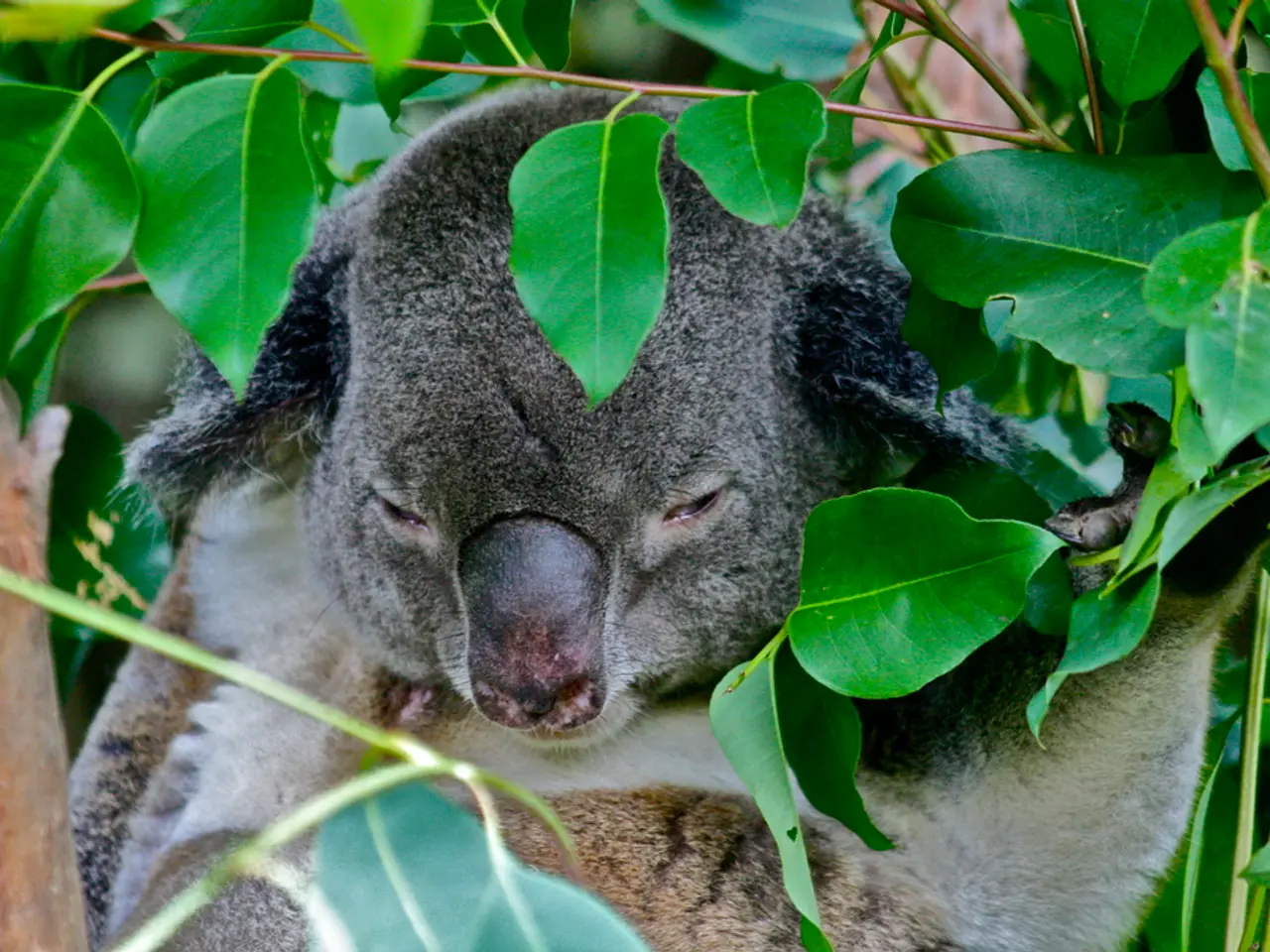Kola Nut: A Stimulating African Plant Source
The kola nut, a seed from the kola tree native to tropical rainforests in Africa, has a rich history, cultural significance, and practical usage, particularly in West African cultures. The kola nut, grown primarily from the Cola acuminata and Cola nitida species, has been a staple for centuries due to its caffeine-rich properties [1][3].
### Historical and Cultural Significance In West African traditions, the kola nut holds deep symbolic and spiritual importance. It is often seen as a divine gift, promoting peace, unity, and blessings from ancestors [1]. The nut is integral to social rituals, such as Igbo weddings and ceremonies, where it is presented as an offering to guests and symbolizing hospitality and goodwill [1][3]. The number of lobes exposed when breaking the nut carries symbolic meaning, with four lobes signifying prosperity and fewer indicating challenges [1].
Beyond social use, kola nuts historically acted as a medium of exchange and were important trade commodities across West African markets [3].
### Usage Kola nuts are traditionally chewed by laborers and community members for their stimulant effects to reduce fatigue and hunger sensations [3]. Small pieces are also used to aid digestion when consumed before meals [3]. In addition to direct consumption, kola nuts have been used medicinally in various African and diaspora communities, serving as botanical remedies against intoxication, hangovers, and diarrhea [3].
### Caffeine Source and Broader Impact The kola nut is naturally rich in caffeine, making it a potent stimulant. It was historically one of the original sources of caffeine in popular beverages, with its flavor and stimulant properties incorporated into early formulations of soft drinks, such as Coca-Cola. However, modern soft drink manufacturers generally use synthetic flavorings instead of actual kola nut extracts [3][2].
### Summary Table: Kola Nut in West Africa
| Aspect | Details | |--------------------|------------------------------------------------------------| | Botanical origin | *Cola acuminata*, *Cola nitida* native to West Africa | | Cultural role | Sacred offering, symbol of hospitality, used in rituals | | Social usage | Offered at ceremonies, weddings; medium of exchange | | Traditional use | Chewed as stimulant, hunger suppressant, digestion aid | | Medicinal uses | Treat intoxication, hangover, diarrhea (diaspora contexts) | | Caffeine content | Natural source of caffeine; historically used in soft drinks|
In conclusion, the kola nut is an important cultural, social, and functional natural resource in West Africa—deeply embedded in tradition while also serving practical purposes as a stimulant and digestive aid [1][3]. Today, popular soda brands no longer contain kola nut extract, while in African countries, people continue to chew kola nuts for their high caffeine content to boost energy during the workday and while socializing. Kola nut extract can be found in health food stores in the form of extract or capsules.
Note: - Kola nuts were used in the past to create kola chocolate and kola alcohol preparations for medicinal uses. - Consuming too much kola nut can lead to anxiety, jitters, dizziness, elevated blood pressure, heartburn, increased urination and dehydration, insomnia, rapid heart rate, and increased stomach acid production.
- The kola nut's rich cultural significance extends beyond West African traditions, as it has been incorporated into health-and-wellness practices, offering stimulant effects that support lifestyle and food-and-drink preferences.
- In the realm of science, the kola nut's caffeine-rich properties have made it a vital ingredient in various botanical remedies, contributing to the health-and-wellness industry and lifestyle choices, especially in the diaspora.
- Aside from its traditional use, the kola nut's cultural impact has transcended local communities, as its caffeine source was historically used in the creation of popular soft drinks like Coca-Cola, symbolizing the fusion of science, culture, and lifestyle in the food-and-drink industry.




